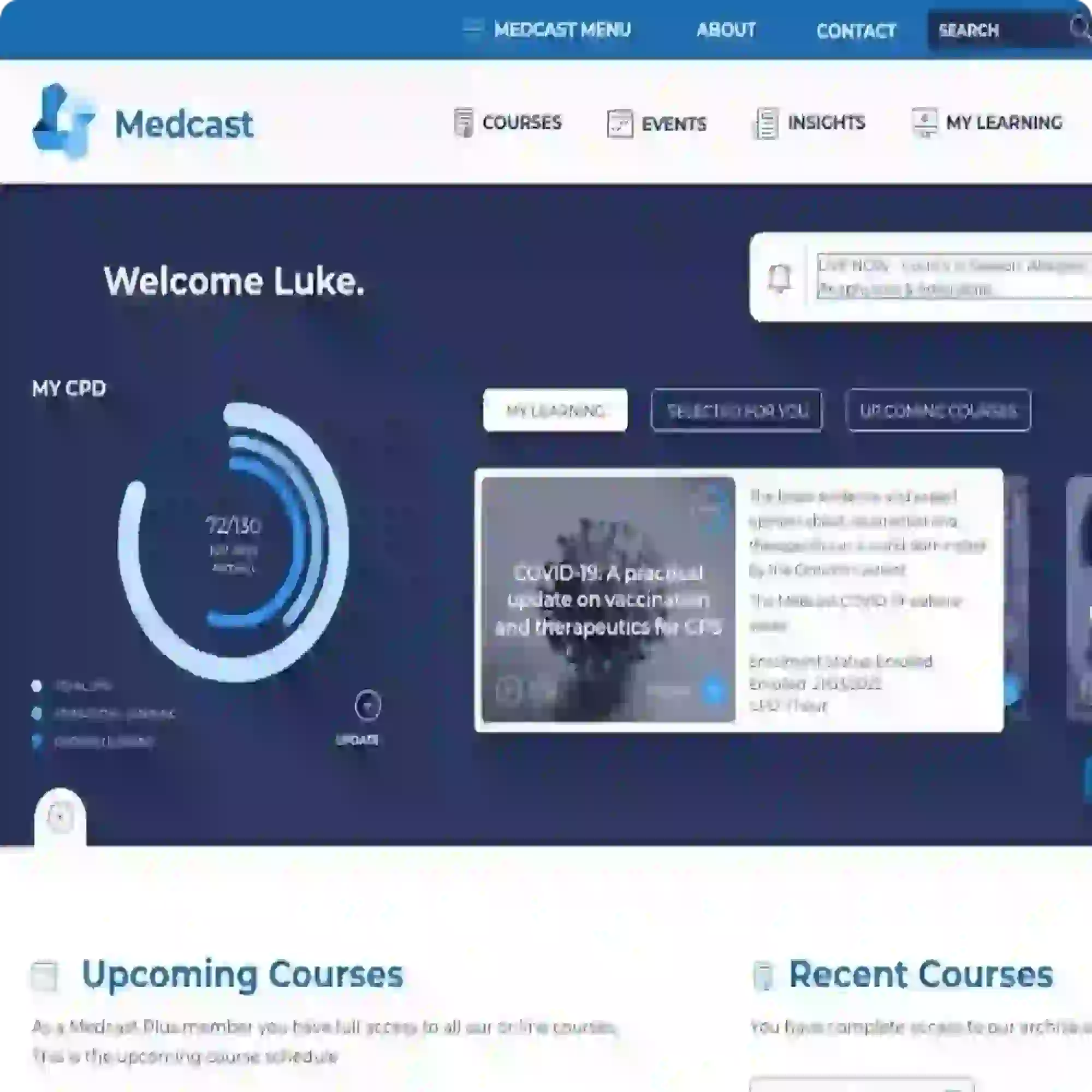How to use eMH in primary care; a great set of models to hang your thoughts on.
Julia Reynolds and the team at ANU have supplied a very neat framework for the answer to the question of how to use eMH resources in primary care. I’ve modified it a little for general practice applicability:
1. Simply recommend eMH resources to appropriate patients
OR
2. Adopt a “case management” role ie recommend them, include them in the treatment plan and follow the patient up at an appropriate interval to assess the their progress.
OR
3. Use eMH resources as the basis for “coaching” the patient. See them regularly as they complete each successive module or session and help them overcome any barriers to progress through the program.
OR
4. Integrate eMH resources into face to face therapy. This can be done in a variety of ways (and is probably more in the domain of the treating psychologist or subspecialist GP):
- It can be part of a solution to externally imposed time limitations on therapy. eMH “lessons” can be completed between therapy sessions and therapy itself built around those lessons. eMH and face to face sessions can be alternated.
- eMH can be used to address issues that are outside the scope of those for which the patient was originally referred or issues that are peripheral to the main problem.
- eMH can also be used to help develop skills eg emotional management skills while face to face sessions focus on developing the therapeutic relationship

The PTSD Program for people with Post Traumatic Stress Disorder.
Do you know anyone who has difficulty motivating themselves to exercise? I think we all know people who get too depressed to exercise or too anxious to leave the house. But there are other people who, despite a lack of “diagnosis”, find exercise hugely difficult to contemplate.
As someone who has practiced medicine for almost four decades I have had the opportunity to observe firsthand the upsurge in the use of opioid pain killers in non-cancer pain.

